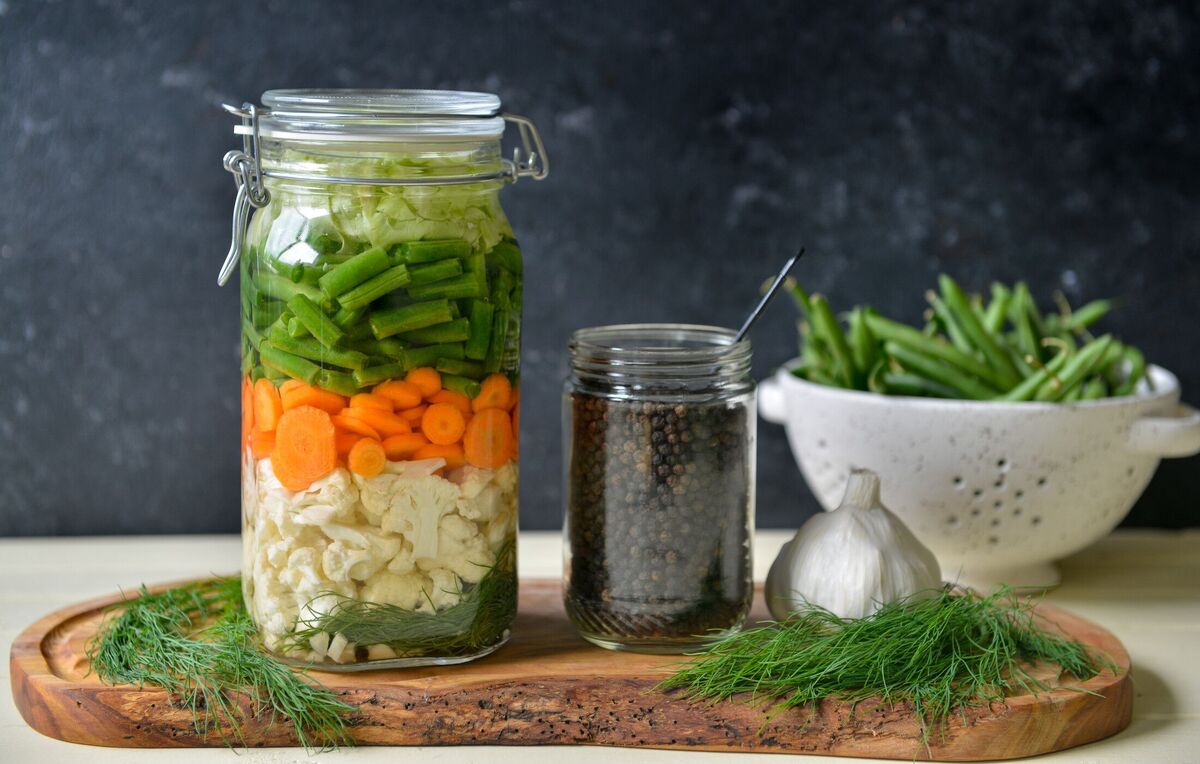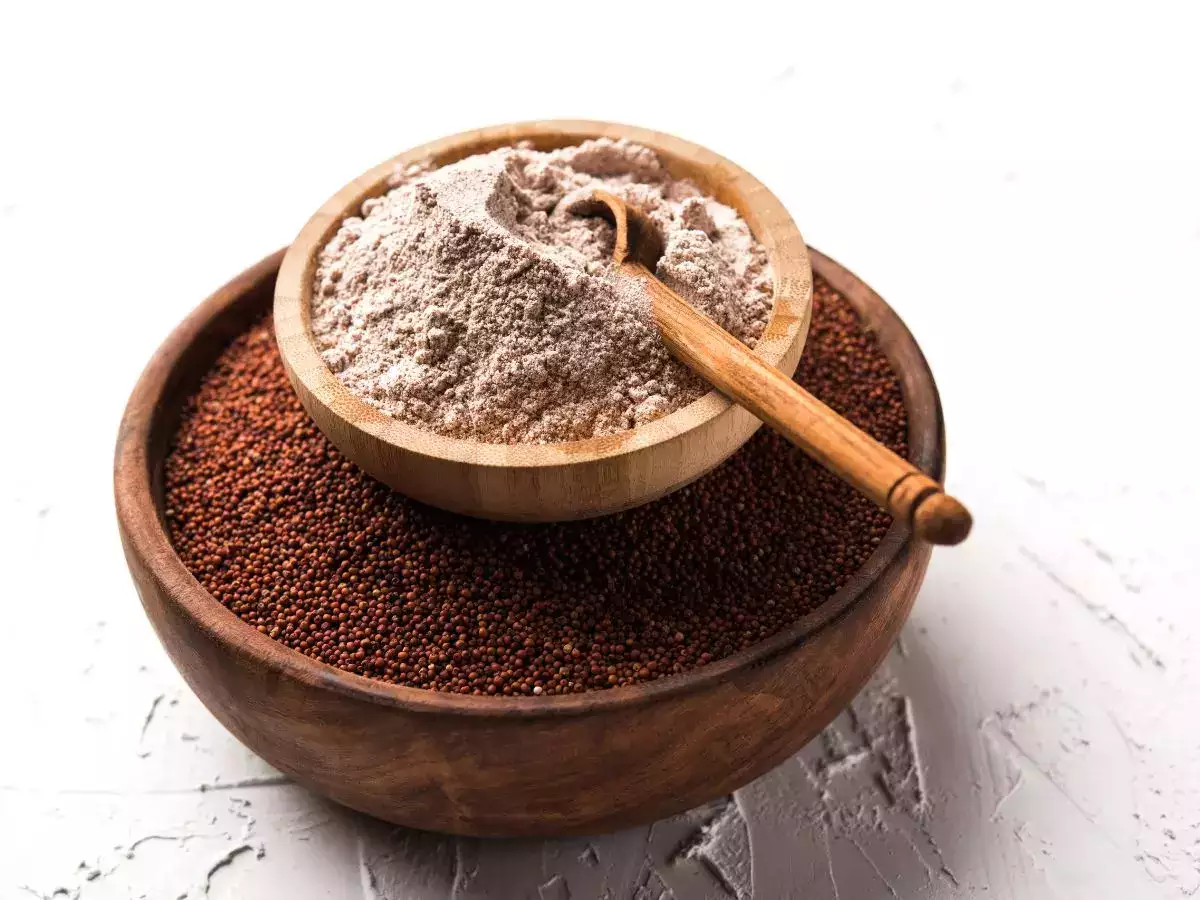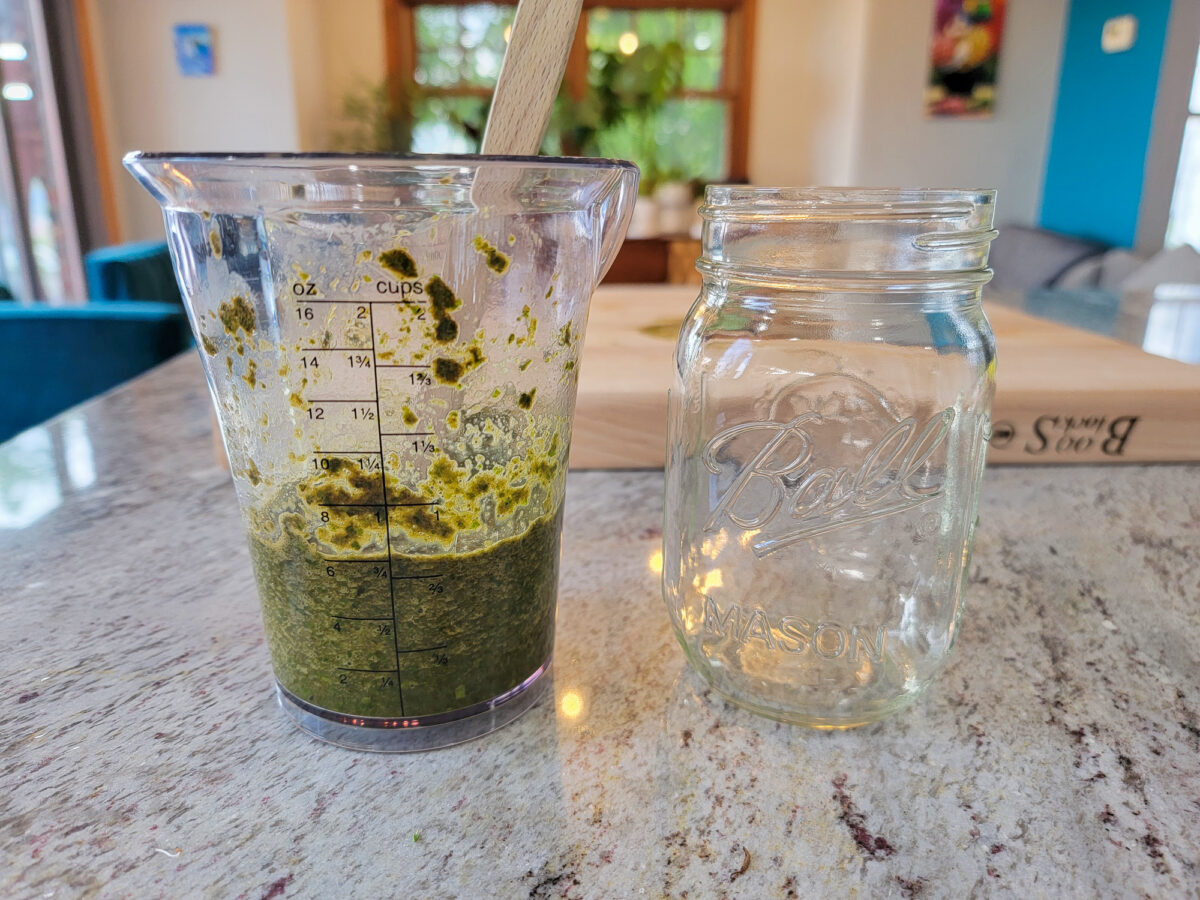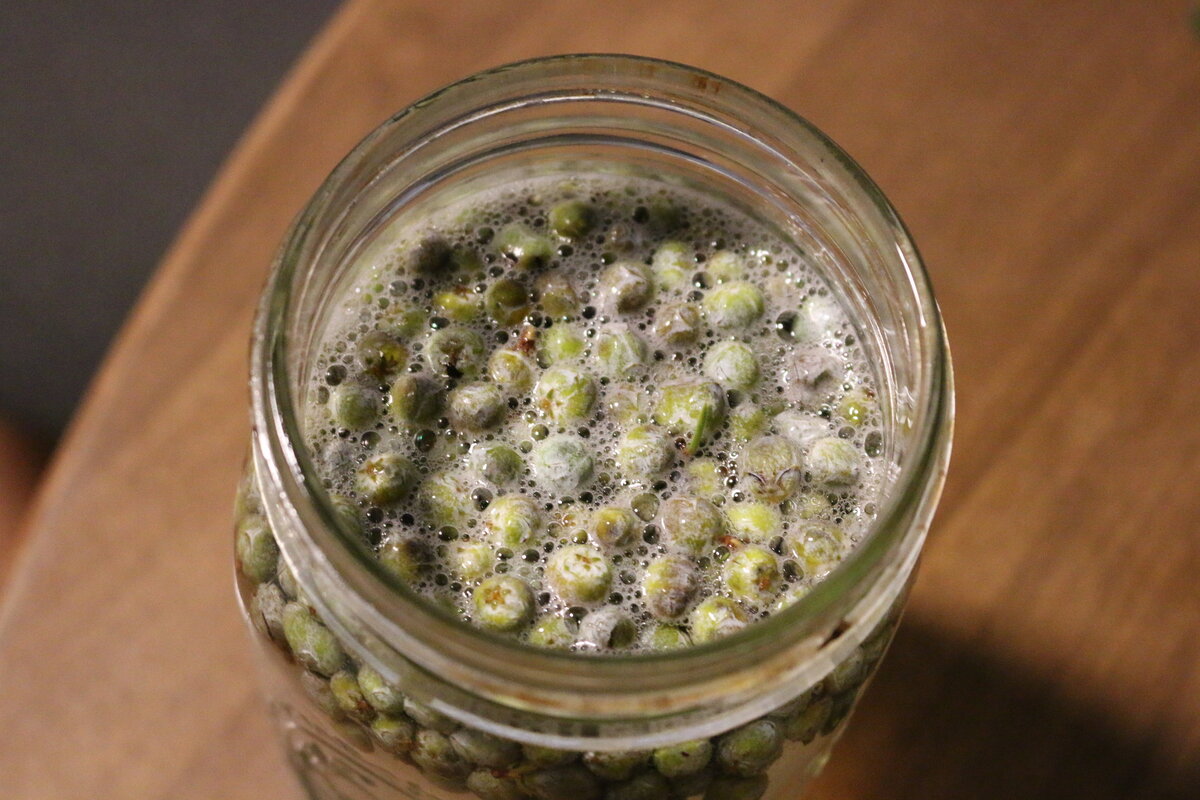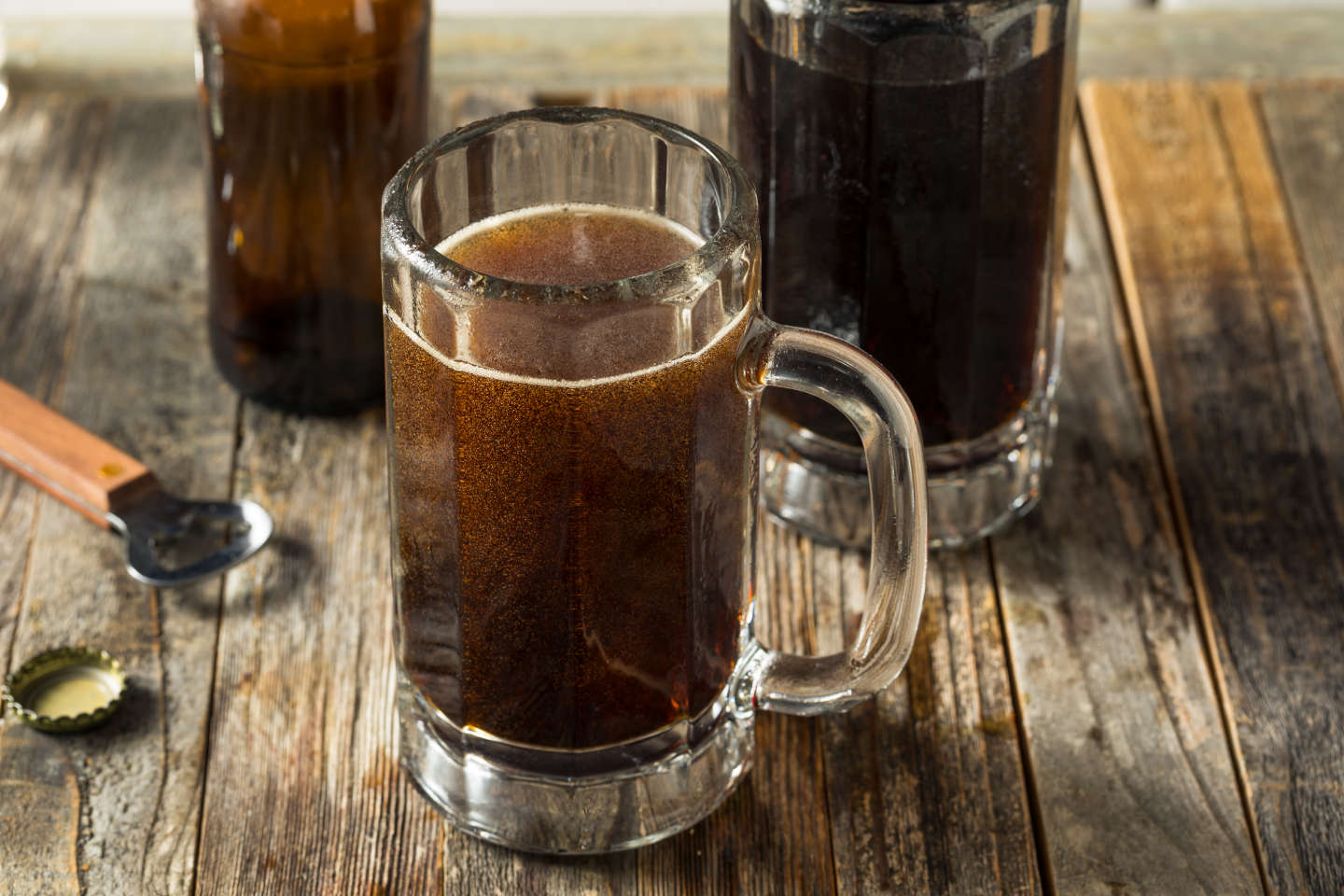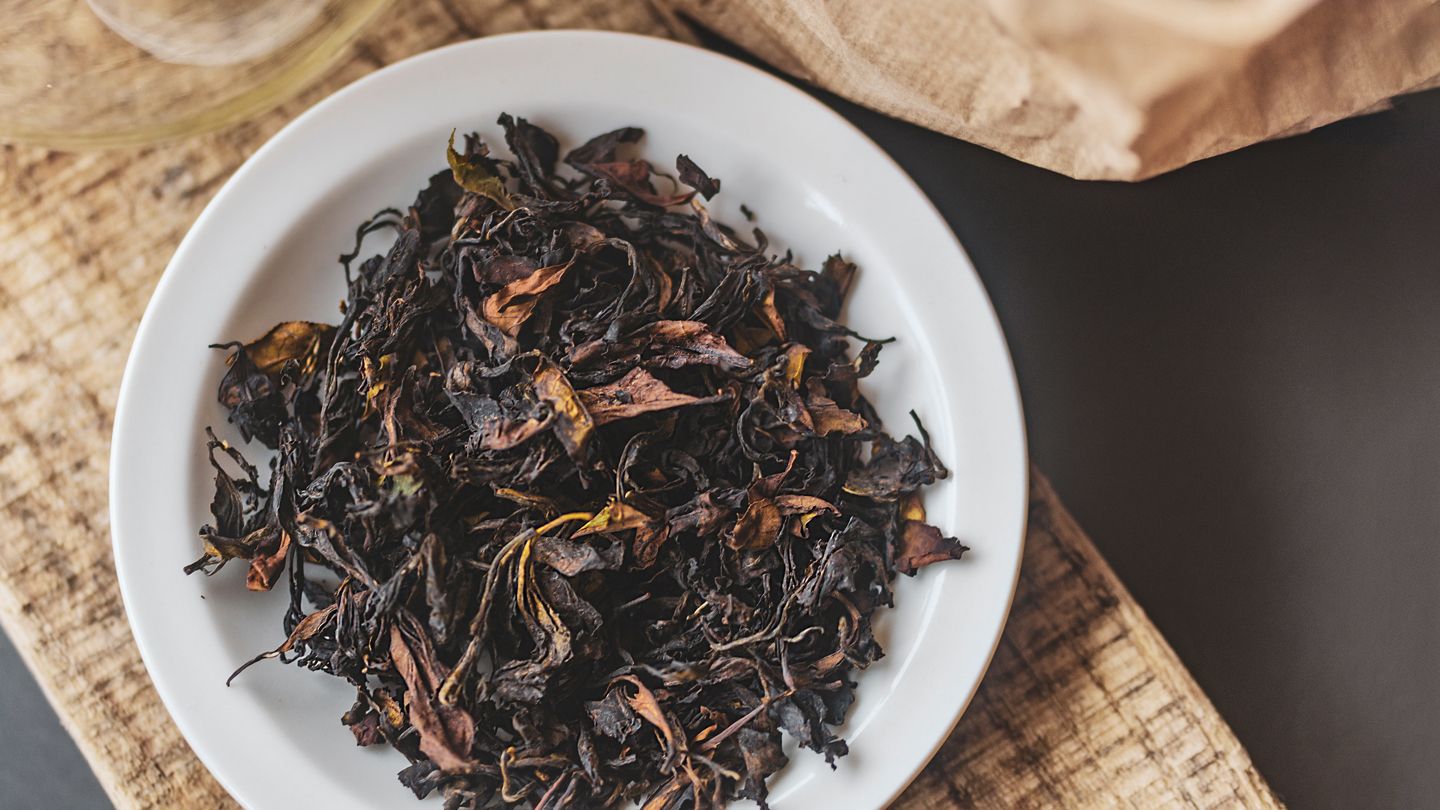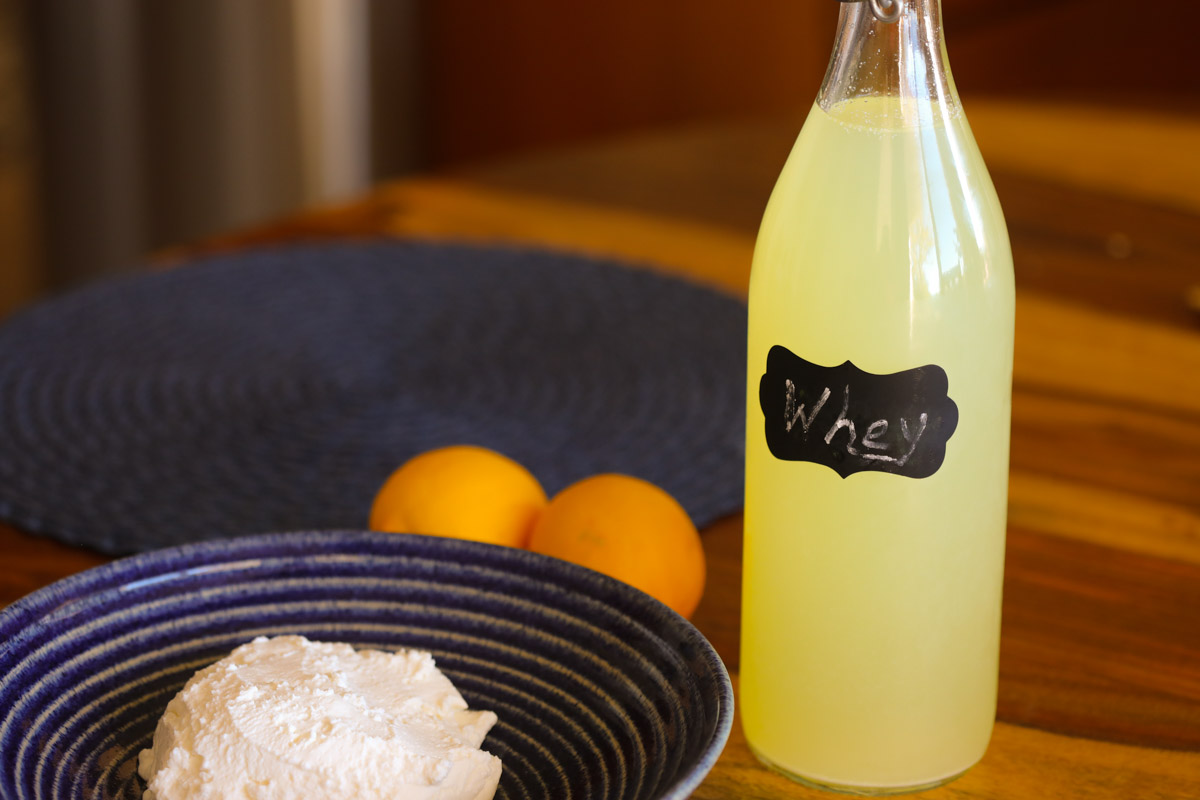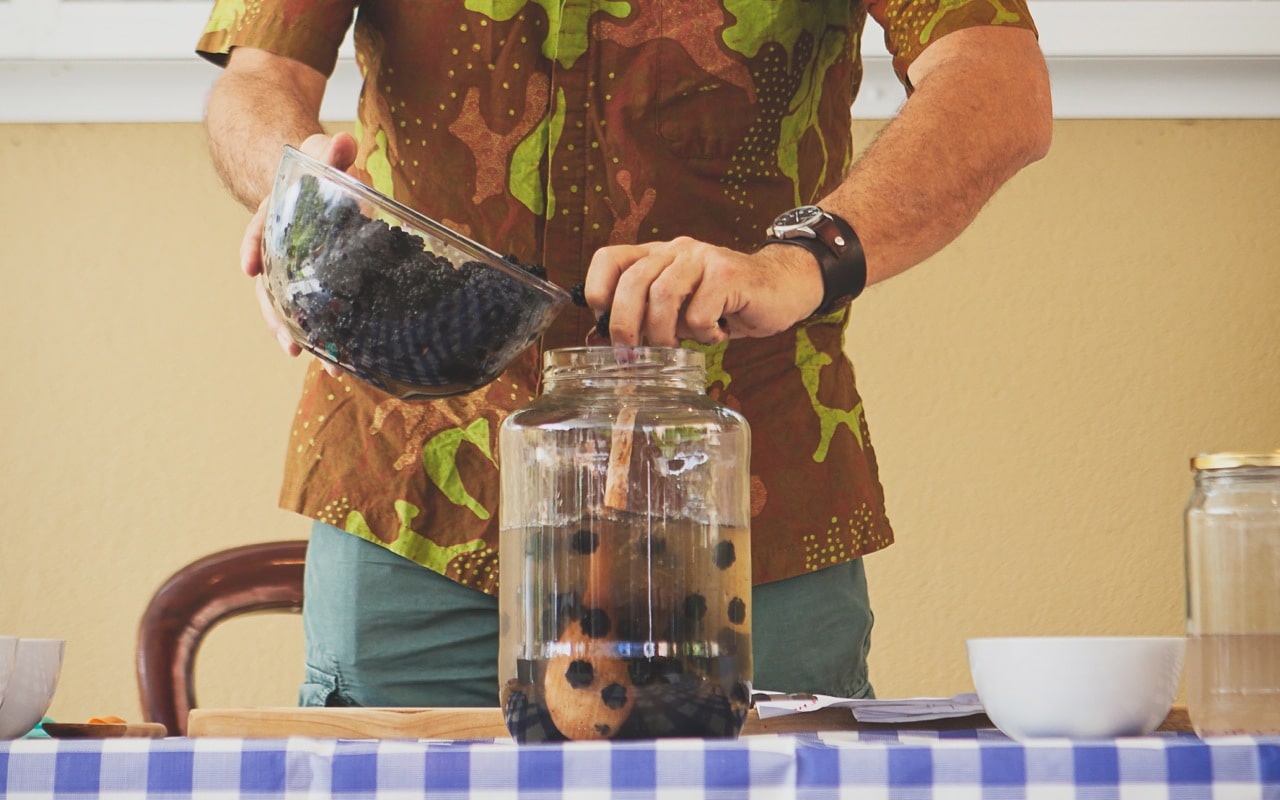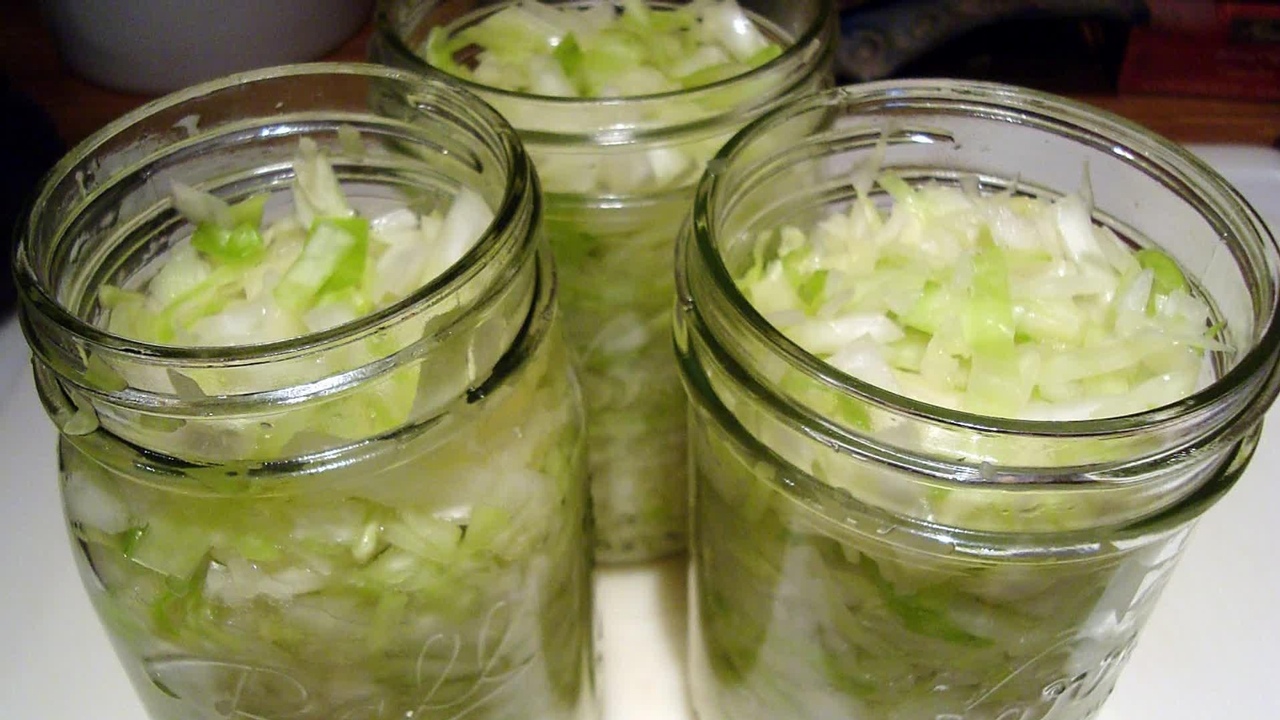Get Ready to Ferment Cabbage Kimchi
Welcome to the wonderful world of fermenting cabbage kimchi! This traditional Korean dish is not only delicious but also packed with probiotics and nutrients that are great for your gut health. If you’re ready to embark on a flavorful and rewarding journey, follow these simple steps to ferment your own cabbage kimchi at home.
Ingredients You’ll Need
Before you begin the fermentation process, make sure you have the following ingredients on hand:
- 1 medium-sized Napa cabbage
- 1/4 cup of sea salt
- 3 tablespoons of Korean red pepper flakes
- 2 tablespoons of fish sauce
- 1 tablespoon of minced garlic
- 1 tablespoon of minced ginger
- 1 teaspoon of sugar
- 4-5 green onions, chopped
- 1 medium-sized carrot, julienned
Step-by-Step Instructions
Now that you have all the ingredients, it’s time to start fermenting your cabbage kimchi. Follow these simple steps:
- Prepare the Cabbage: Cut the Napa cabbage into quarters and remove the core. Then, chop the cabbage into bite-sized pieces.
- Brine the Cabbage: In a large bowl, dissolve the sea salt in water and soak the cabbage in the brine for 1-2 hours.
- Make the Kimchi Paste: In a separate bowl, mix the Korean red pepper flakes, fish sauce, garlic, ginger, and sugar to create a thick paste.
- Combine the Ingredients: Drain the cabbage and rinse it under cold water. Squeeze out the excess water and mix the cabbage with the kimchi paste, green onions, and julienned carrot.
- Ferment the Kimchi: Pack the kimchi into a clean glass jar, pressing it down to remove any air pockets. Seal the jar and let it ferment at room temperature for 1-5 days, depending on your desired level of fermentation.
Storage and Enjoyment
Once your cabbage kimchi has reached the desired level of fermentation, transfer it to the refrigerator to slow down the process. Your homemade kimchi can be enjoyed as a side dish, added to soups, stir-fries, or even used to make kimchi fried rice. The flavors will continue to develop over time, so don’t be afraid to let it sit for a few weeks before digging in!
Final Thoughts
Congratulations! You’ve successfully fermented your own batch of cabbage kimchi. Not only have you created a delicious and versatile condiment, but you’ve also unlocked the amazing health benefits of fermented foods. Experiment with different ingredients and fermentation times to find your perfect kimchi recipe, and don’t forget to share your tasty creations with friends and family. Happy fermenting!
Was this page helpful?
Read Next: How To Ferment Using An Onggi Pot
